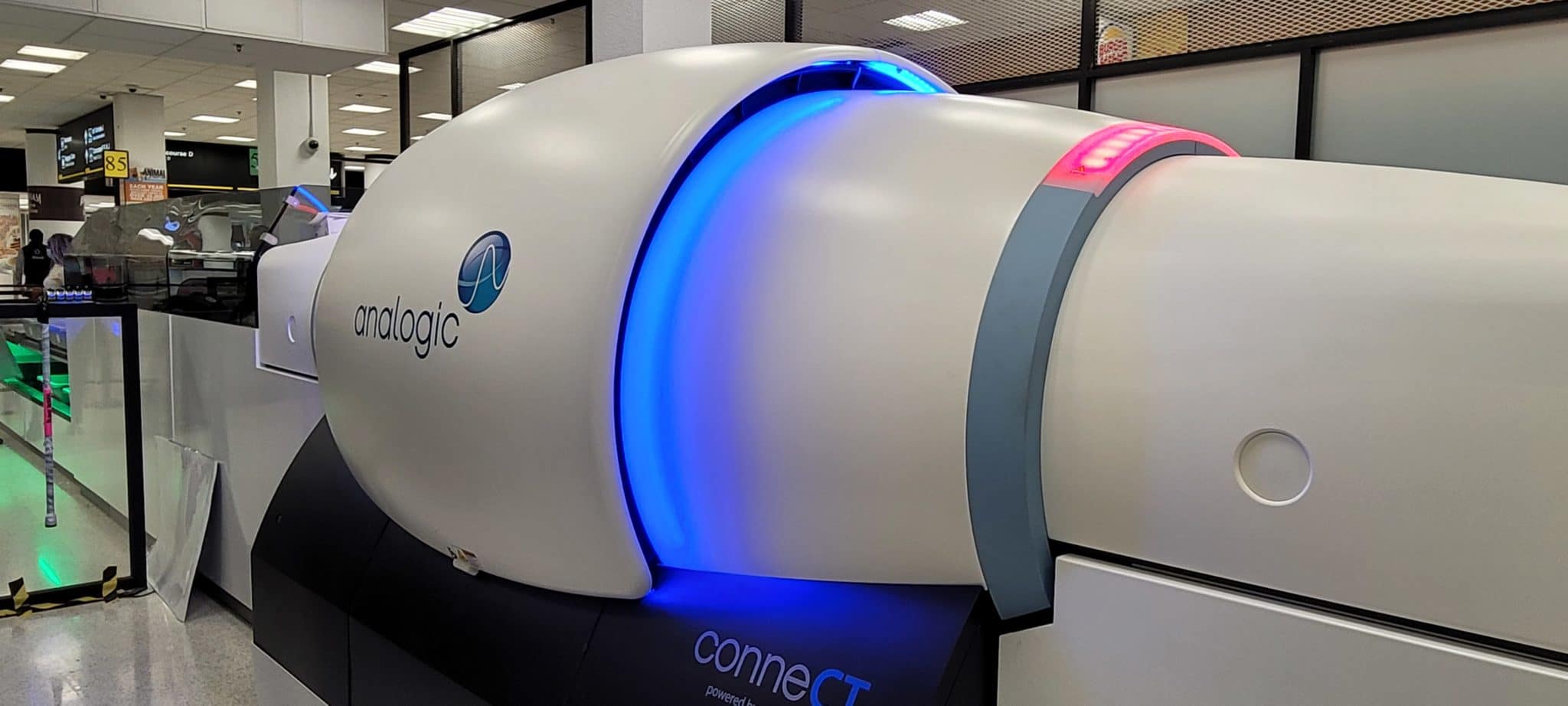The Transportation Security Administration’s (TSA) team at Miami International Airport (MIA) demonstrated the latest state-of-the-art technology for three members of Congress this week. The equipment illustrates the agency’s enduring effort to enhance security, while creating as touchless a checkpoint experience as possible during the pandemic.
“We welcomed this opportunity to highlight our latest checkpoint technology and the dedicated men and women who work hard to ensure secure travel for the millions of passengers who pass through MIA,” said Deputy Federal Security Director for the TSA at MIA Tim Lewis.

Rep. Mario Diaz-Balart visited MIA on Wednesday and Rep. Carlos Gimenez and Rep. Kat Cammack visited on Thursday to see the Credential Authentication Technology (CAT), the newest Computed Tomography (CT) machines and other aspects in the multiple security layers TSA employs in its mission to secure commercial aviation and ensure freedom of movement for people and goods.
When travelers approach the TSA travel document podium they place their driver’s license or passport into the CAT unit to be scanned. When a passenger inserts their ID into the machine, instead of handing it to a TSA officer, it represents one less touch-point for that passenger and eliminates many fewer touch-points multiplied by passenger volume for the TSA officers. Travelers do not have to present their boarding pass because the CAT unit verifies that the traveler is prescreened to travel out of that airport on a flight that day.
CAT units improve upon TSA’s capabilities to detect fraudulent IDs, such as driver licenses and passports at checkpoints and increase efficiency by automatically verifying passenger identification. Miami was one of the first airports in the country to have TSA CAT units at every screening lane.
The CT technology – used to screen carry-on luggage – applies a sophisticated algorithm as it generates 3-D images of the bag’s contents. TSA officers are able to rotate the resulting images, gain better visibility, and conduct fewer bag checks. The CT enables passengers to leave their electronics and travel-size liquids in their carry-on luggage, resulting in fewer touch points.
In addition to the use of advanced technology, TSA modified its procedures at airports across the country as part of its “Stay Healthy. Stay Secure” campaign. All elements of the public awareness campaign were discussed with the visiting members of Congress.
All security officers are required to wear face masks, gloves and face shields during the screening process. Social distancing is observed leading up to and in the security checkpoint. Physical contact between security officers and travelers has been further reduced with the installation of acrylic barriers. And the frequency and intensity of cleaning and disinfecting surfaces in the security checkpoint including bins has been increased.
